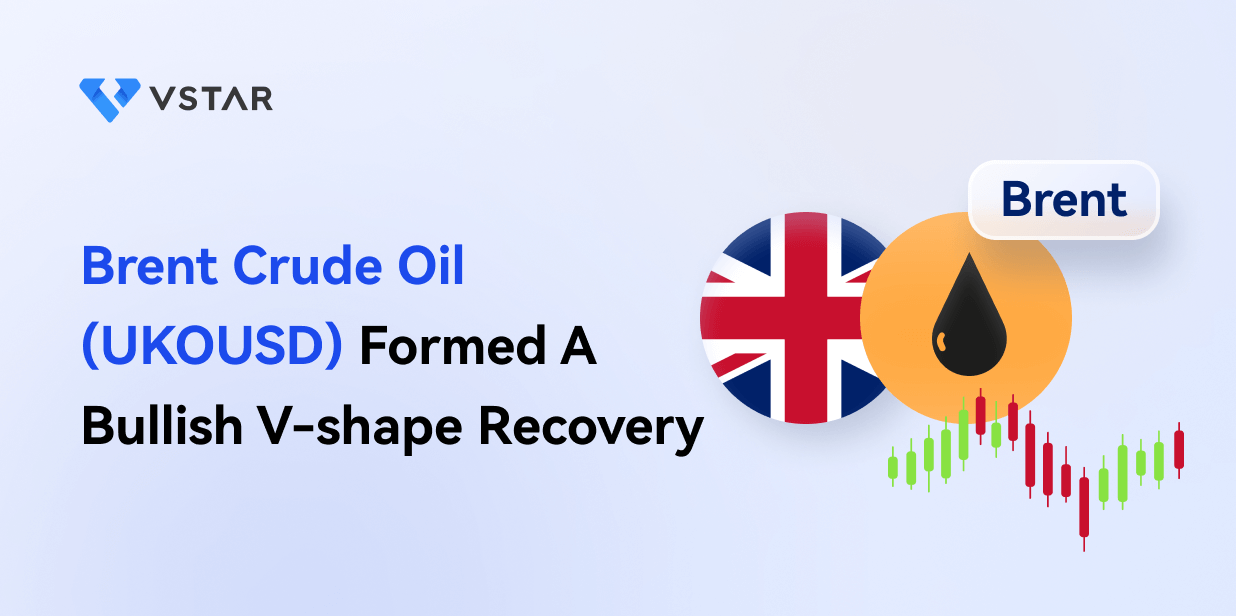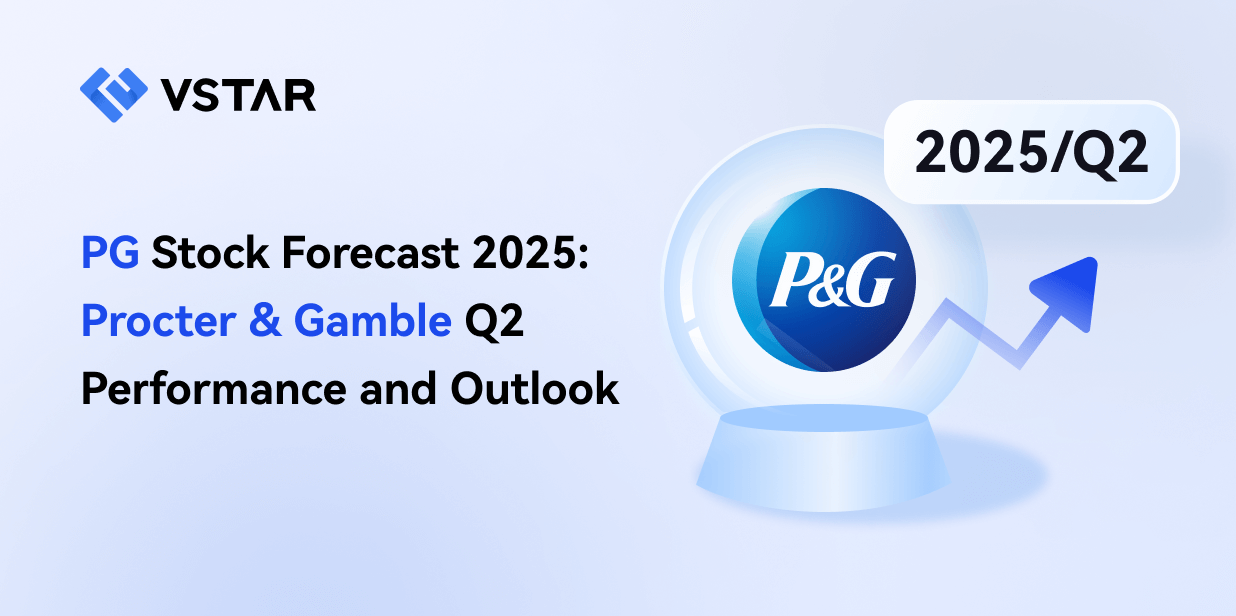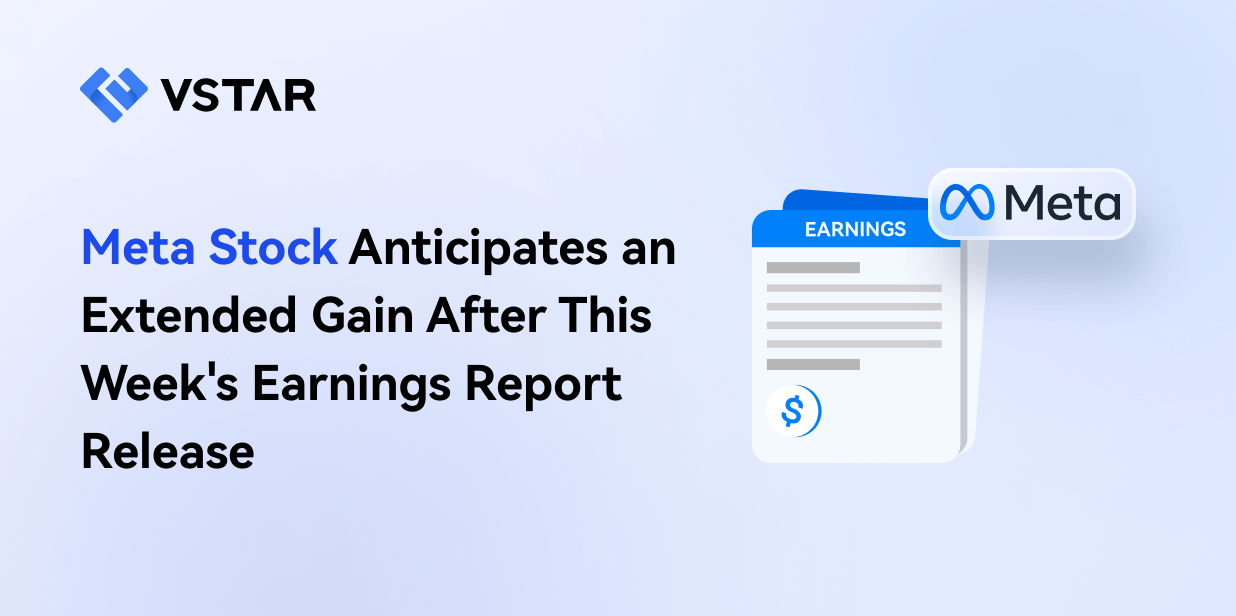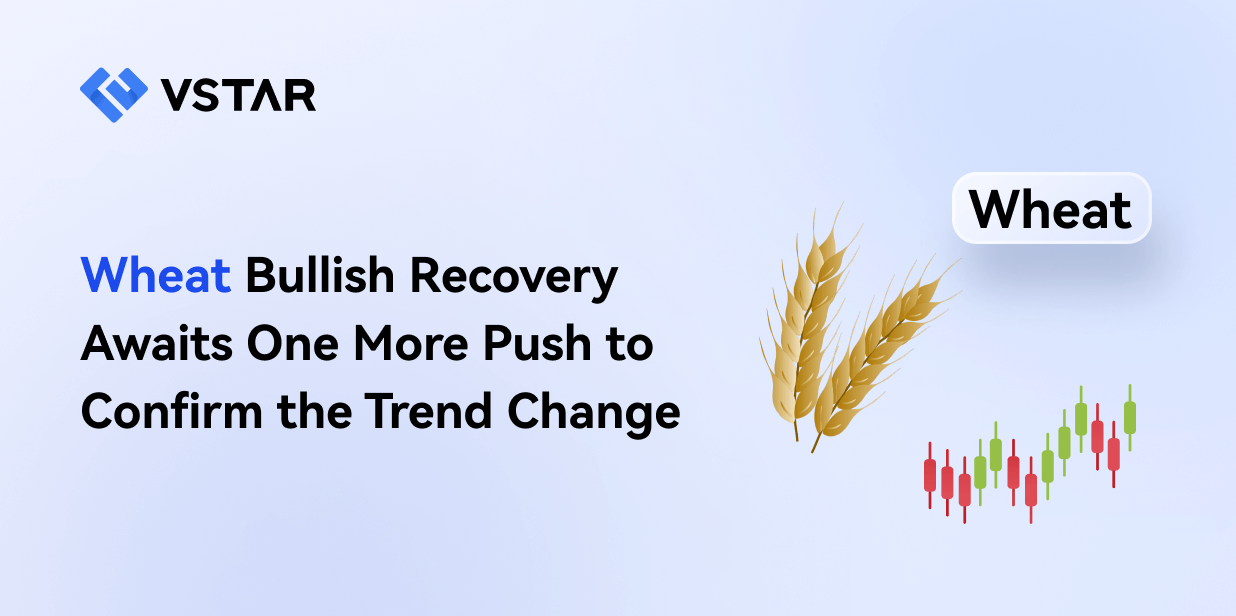Brent Crude Oil experienced a price surge on Thursday, influenced by multiple factors. The U.S. Energy Information Administration (EIA) has shown lower crude oil reserves, exacerbating supply concerns. This news came with data showing a cooling employment market in the United States, which increased the possibility of a rate cut by the Federal Reserve. Lower interest rates might bolster Oil demand, and economic activity may be stimulated by them, particularly as production increases.
What A Rate Cut Could Do With The Oil Price?
Brent crude futures extended the gain, reaching their highest price since early May. The labor market may be softening, as evidenced by the decrease in Americans filing new unemployment claims last week. This could potentially induce the Federal Reserve to relax its inflation-fighting policies. A rate cut could result in cheaper borrowing for the world's largest economy, stimulating economic growth and increasing oil demand.
In contrast to the prospective U.S. rate cut, the Bank of England has elected to maintain its main interest rate at a 16-year high of 5.25% in anticipation of the upcoming national election in Britain. The potential consequences of this discrepancy in monetary policy stances between the United States and the United Kingdom include potential impacts on global economic growth and oil demand.
Geopolitical Uncertainty & Seasonal Demand
Geopolitical tensions in the Middle East provided further support to oil prices. Israeli military operations exacerbated recent concerns regarding potential disruptions to energy supplies from the Gaza Strip. Analysts have described that this risk premium influenced the upward price movement, while others advised against excessively optimistic assessments. The anticipated increase in oil inventories was perceived as a counterbalance of geopolitical uncertainties.
The summer months could be a seasonal increase in oil demand due to greater refinery runs and weather-related disruptions. This, in conjunction with the ongoing production cuts by the OPEC+ group, could signal lower oil supplies and potentially drive prices even higher. This scenario was also predicted by analysts at JPMorgan, who foresaw a potential inventory drawdown and a tightening of crude balances during the summer.
Oil Prices Forecast (UKOUSD) Technical Analysis
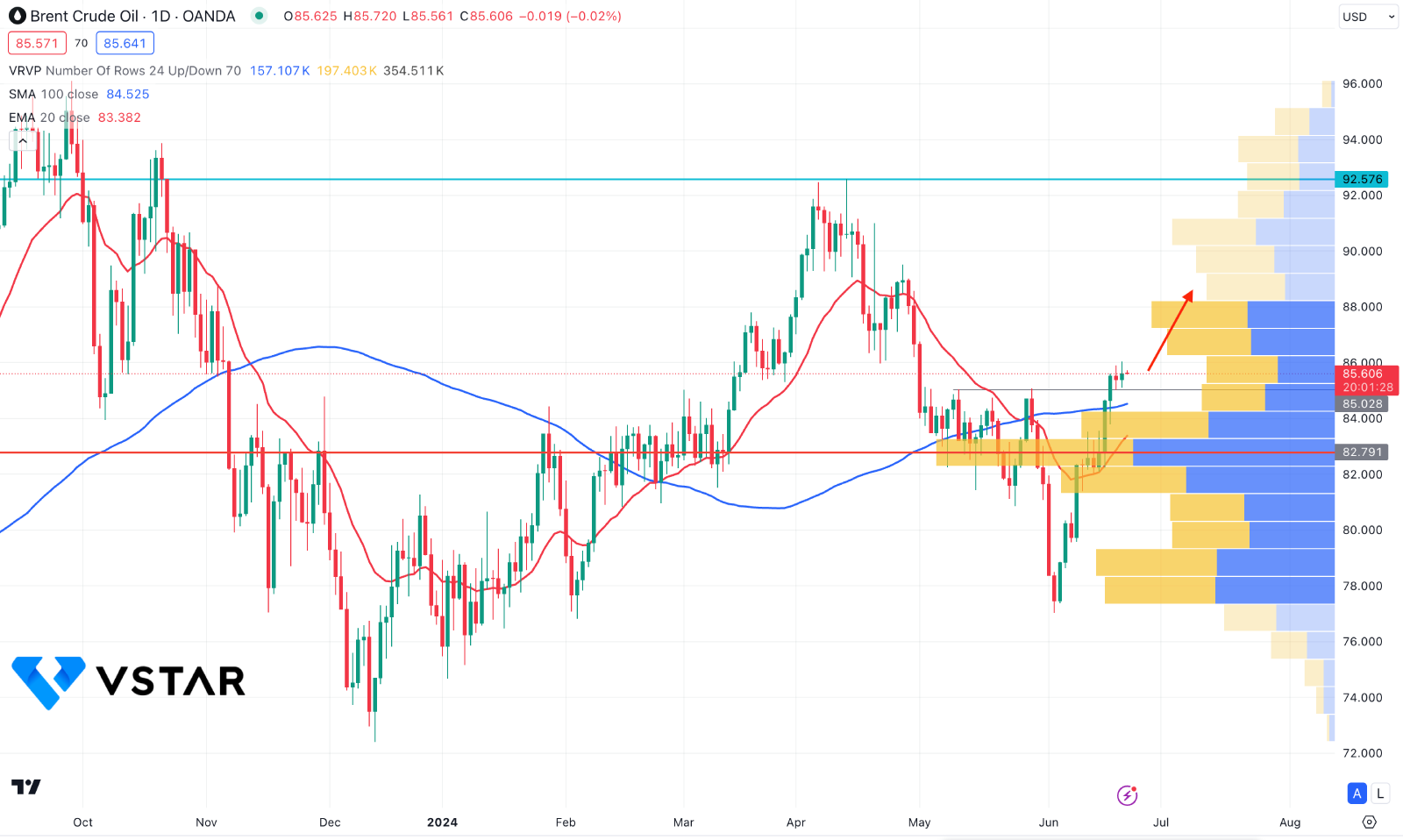
In the daily chart of UKOUSD, the recent price showed a bullish V-shape recovery, sweeping the liquidity from near-term support areas. In that case, we may expect the buying pressure to extend, depending on the price action.
The volume structure tells the same story. The current high volume level is at 82.79, which is below the current Brent crude oil price. We may expect the upward pressure to be as potent as long as bulls hold the momentum above this high volume line.
In the main chart, the recent price trades above the dynamic 100-day Simple Moving Average, supported by the 20-day EMA. As no sufficient market stability is seen above these dynamic lines, we may expect the buying pressure to extend from a valid accumulation phase.
Based on the current market outlook, UKOUSD is more likely to extend the gain after showing a downside correction. In that case, a valid bullish reversal from the 84.00 to 82.79 zone could resume the existing trend toward the 92.57 high. However, a failure to hold the price above 82.00 could be a bearish signal, targeting the 77.00 level.
